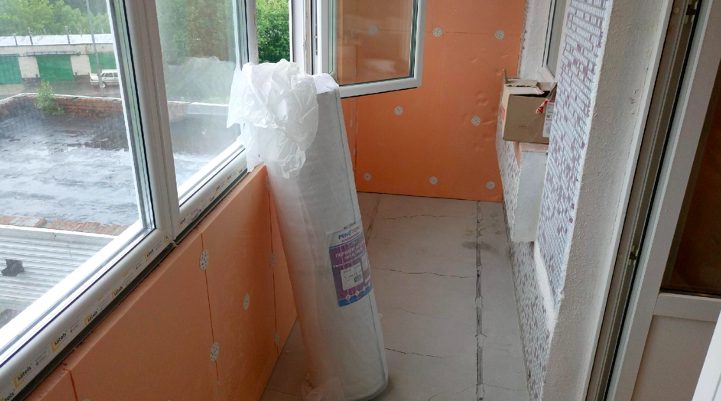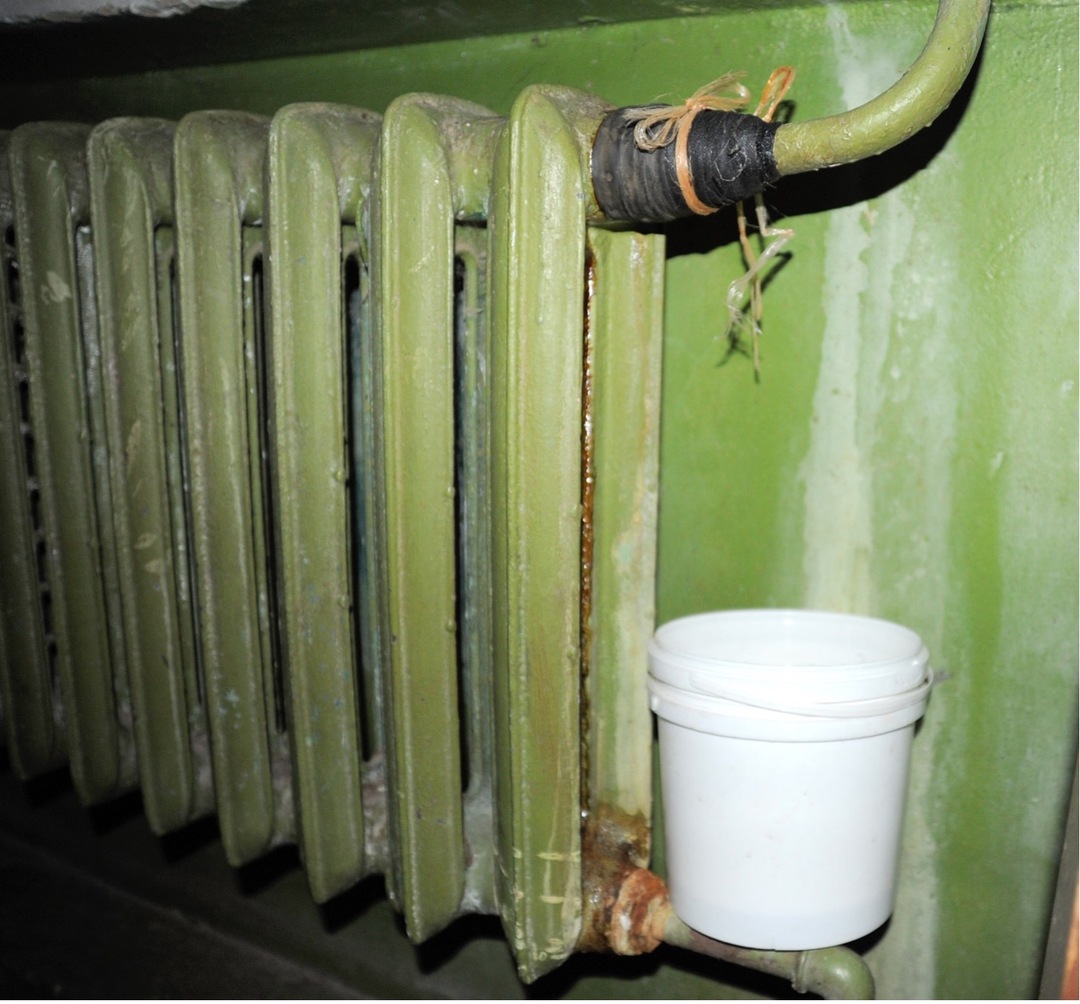Balcony soundproofing is usually implemented using modern materials packed in rolls or sheets. Finishing is carried out from the inside and outside, special attention is paid to the peaks, as well as the outer surface of the roof. First, markup is made and the frame is installed, after which they proceed to installation and finishing. The types of materials and the main stages of work are described in the presented article.
The content of the article
- Materials and tools
- Step-by-step instruction
- Features of soundproofing the loggia
Materials and tools
Soundproofing the outflow from the rain is necessary in order to limit the flow of sounds from the street to the maximum. And this applies not only to precipitation, but also to road noise, which can also be significantly reduced. To do this, use different materials, the most common are:
- Previously, the soundproofing of the ebb was often done using mineral, basalt and glass wool. Today they are used less and less, because despite the affordability, they are not resistant to moisture. Nevertheless, if you provide good hydro and vapor barrier, this raw material can also be used.
- More often, the sound insulation of the balcony visor is implemented using polystyrene foam, polystyrene foam and other foamed substances. They are lightweight, easy to install and affordable. But not resistant to the sun, so they need shelter.
- There are also special sheet or roll coatings. This is one of the best options - the soundproofing of the ebb on the window will really be good. In addition, they are easy to use - during installation, you can simply fix it with a construction stapler.

Before soundproofing the balcony canopy from rain, you should also prepare the necessary tools:
- hammer;
- roulette;
- pencil;
- stapler;
- level;
- screwdriver;
- hammer;
- hacksaw;
- scotch;
- knife;
- hardware

Step-by-step instruction
Balcony soundproofing is carried out in several stages. First, the old coating is removed, a thorough cleaning is carried out, markings are made and beacons are placed, after which the frame is mounted and proceed directly to laying the material. The sequence of actions is as follows:
- Noise isolation of ebbs and visors is carried out as follows. To do this, the surface is also completely cleaned, and it is better to work in dry weather. To do this, use adhesive tape, which is preheated to melt the glue, for example, with a building hair dryer.
- They turn to internal work: they remove the old finish, as well as the frame. Clean the surface from debris, dust pollution.
- Make markings with a pencil using a building level.
- Beacons are placed so that the sheets of material go strictly in horizontal and vertical directions.
- Noise isolation of the loggia provides for the installation of a frame or crate. They are mounted according to the markup and fastened with dowels or self-tapping screws.
- Next, slabs or rolls are laid, moving along the perimeter and at the same time trying not to leave gaps or seams. Even if there are small distances, moisture will penetrate into them, which, after freezing, will damage the material.
- When using foil material, the seams are glued with metalized tape.
- When the soundproofing of the balcony visor is over, you can proceed to the final stage - finishing. For this, different materials are used, for example, siding, wood lining, plastic panels, drywall and others.

Features of soundproofing the loggia
If you plan to soundproof the balcony with your own hands, this is a rather laborious process, but in the case of a loggia, it is simplified. It is "recessed" into the building and has no protrusions as such. Therefore, if at the balcony the cornice goes from 3 sides, then at the loggia - only from one (parallel to the building).
The principle of isolation is exactly the same. It is recommended to use similar materials in blocks or rolls. But since they are required in smaller quantities, the costs are reduced. In addition, materials can be applied in thinner layers, because the loggia, unlike the balcony, heats up again from 3 sides, and not from one.
Thus, the sound insulation of window tides is done by hand. To protect yourself from unnecessary sound as much as possible, you need to finish both internal and external surfaces. It is also worth protecting the roof, especially if it is metal. In this situation, it is advisable to call a team of craftsmen with special equipment, since high-altitude work is required.


